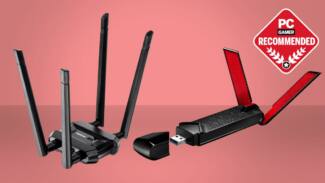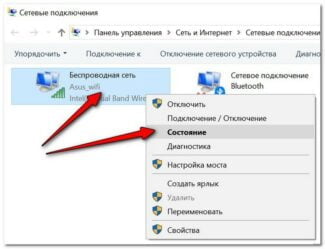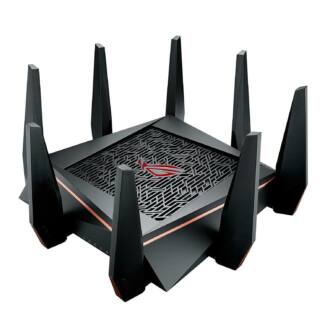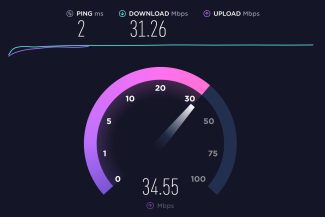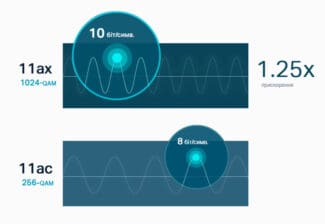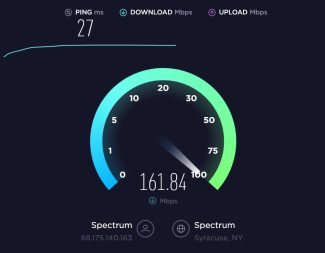Internet speed over wi-fi depends on several factors:
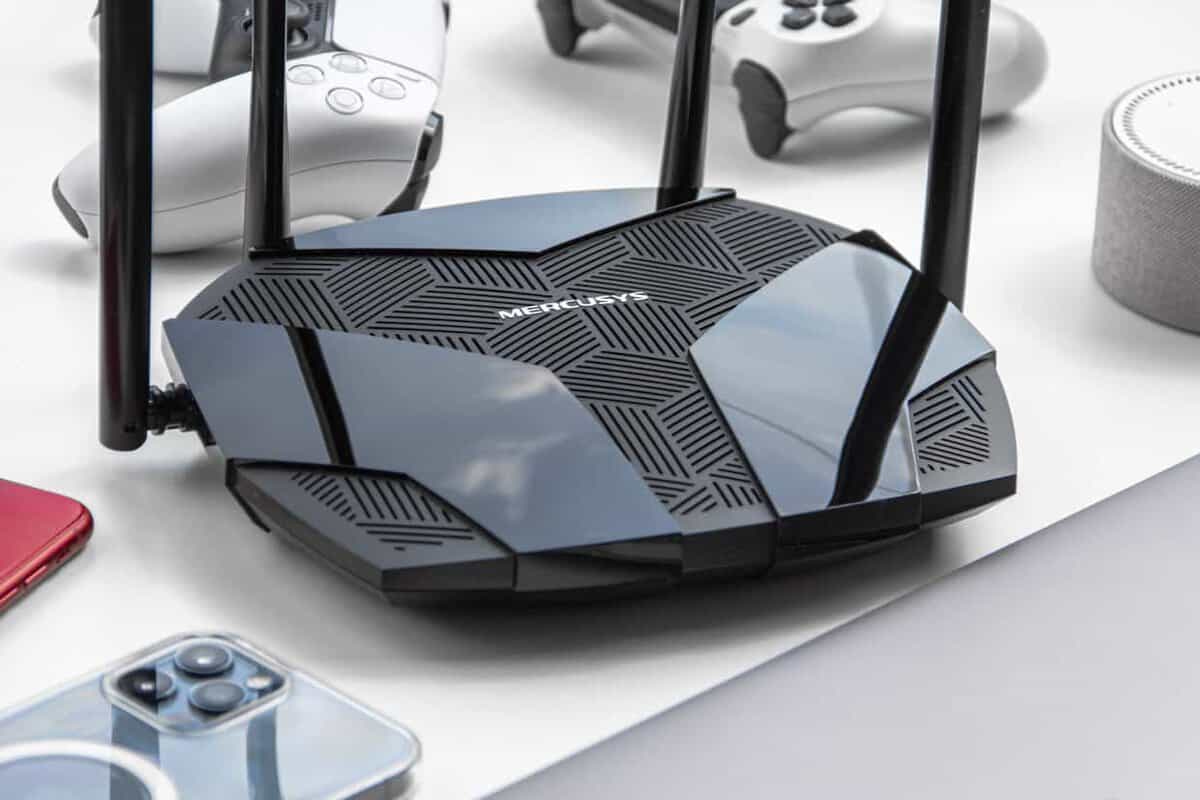
Fast routers: a summary test of 7 802.11ac routers
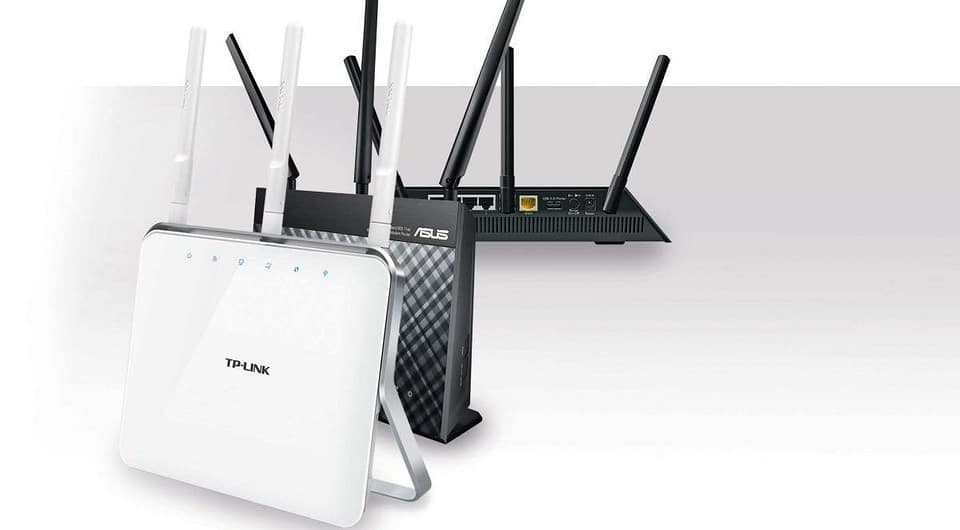

When even the best recommendations for setting up a Wi-Fi network don't work, the best option is to buy a new 802.11ac router.
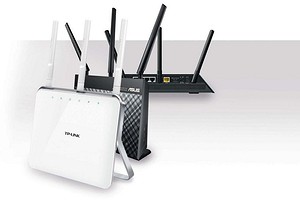
Manufacturers of today's routers seem to often over-praise their products. Perhaps no other category of devices attracts customers with such fantastic speeds as 1900, 3100 or even 5300 Mbps that are listed on the packages and boxes. However, it should be clear to every user that all of these are just theoretical maximum values that have absolutely nothing to do with reality, as our testing of seven 802.11ac wireless LAN routers proves once again. These are the best devices from seven manufacturers priced under 25,000 rubles.
Speed boost thanks to Dual Band technology
The 802.11ac router does offer high data transfer speeds over the network, so we put a lot of time and care into performance testing, evaluating it under different usage scenarios. In the test lab, we determined throughput under optimal conditions – for example, by placing the endpoint equipment right next to the router. But in real conditions hardly anyone would stay near the router for a long time, that's why we also did practical benchmarks by moving the devices farther from the router. But no matter how hard we tried, no matter what measurement methods we used, we never reached the maximum possible theoretical transmission speed of 802.11ac and 802.11n in our tests.
All seven tested routers support Dual Band technology, i.e. they can work in 2.4 and 5 GHz frequency bands simultaneously and send several parallel streams. Theoretically, at 2.4 GHz, a single stream can reach 150 Mbit/s, at 5 GHz – 433 Mbit/s. The participants of our test work with three or four data streams, so the maximum throughput at 2.4 GHz is 450-600 Mbit/s in theory, at 5 GHz – 1300-1733 Mbit/s.
The Synology RT1900AC provided the highest result on the whole test, 658 Mbps downstream (Download). The results of the rest of the devices fluctuate around 600 Mbps except for D-Link DIR-890L and AVM FritzBox 7490 which with the results 530 and 519 Mbps respectively close the list.
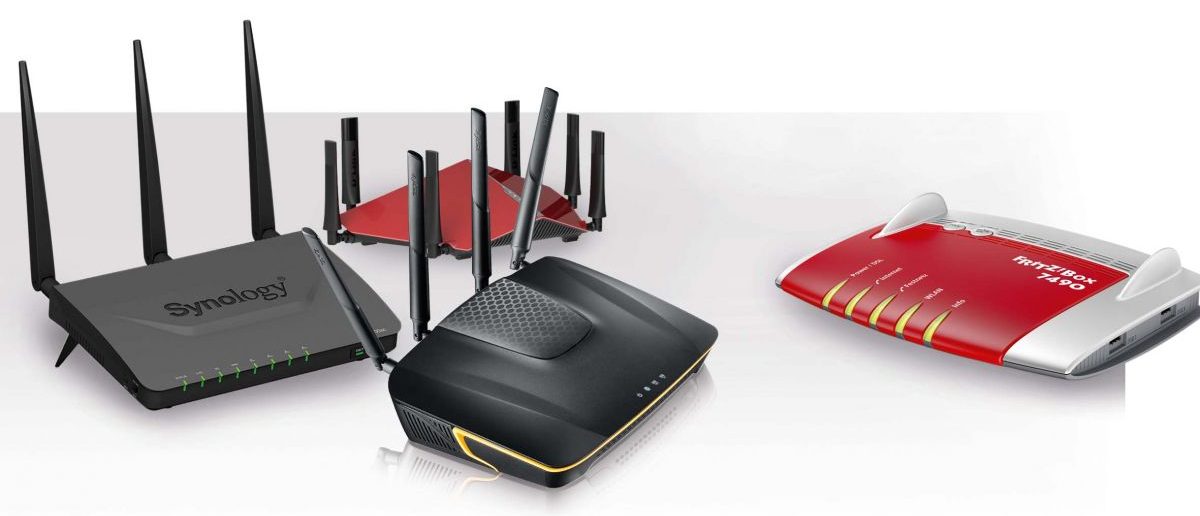
As for the reverse direction, i.e. from the client to the router (Upload), the balance of power is different. The highest results (621 Mbps) were shown by TP-Link Archer C9 AC1900, followed by the router from Synology (612 Mbps). AVM was the last one in the rating as well – its data transfer rate was only 417 Mbps. The upload speeds of the other devices were generally lower than the download speeds but they were stably higher than 500 Mbps.
Check the speed online
Check your internet and wi-fi speed with the Npnerf service. It's free.
- You have to select a server or leave the "automatic selection";
- Clicking on the wrench under the speedometer, select Mbps (top right corner);
- "Start testing". Scanning will take some time;
- Get the result.
Perform the measurement twice. For the first test, connect your computer or other device to the Internet via cable. Do the second test with a wi-fi connection. If the difference is noticeable, look for a problem with the wireless connection.
Internet speed and wi-fi – what's the difference
It is worth understanding the difference between the speed claimed by the ISP and the actual speed of the device and the access point from which the user will be surfing the Internet. The ISP will never guarantee that they will be equal. If you measure the Internet speed under normal conditions, it will be, for example, 50 Mbit/sec. But if you hover over the characteristic icon in the system tray, there will be completely different data.

The explanation is very simple: the connection to the ISP's server is limited only by the equipment, and the speed at which the sites are opened is stated in the tariff, and there is no correspondence between them.
The situation is the same in the case of the router. The speed of the wi-fi connection is one thing, the speed of your connection to the ISP is another, and the speed at which the Internet sites are opened is a third. It's easy to check. Which opens faster – the ISP's server or Yandex's homepage?
People often do not even realize that the connection speed DEFINITELY depends on which port the router is communicating with the service provider. The latter promises 1 or more Gbit/sec. But if the user has a mid-range router and the port used for the Internet connection is 100 Mbit, you cannot get higher than this mark, no matter what speed of the wireless network is mentioned in the instructions.
Often wi-fi connection will also depend on the signal strength of the transmitter. Routers have a function to adjust the power, and if your laptop thinks the signal is weak, it will automatically run slower.
This also includes the range of reception. The farther the laptop is away from the access point, the slower the connection.
Coverage is stable in every corner

Turquoise shows download speeds in Mbps, purple shows downloads

Did the home test in all rooms of the apartment. I have an interesting situation, because the router is located in the farthest room in relation to the rest of the area due to the nature of the wiring.
It was obvious that in the closest rooms the signal would be the strongest, but look at the download speed in the kitchen and the balcony. It is not inferior to the hottest values, while downloading is also almost unaffected by distance.
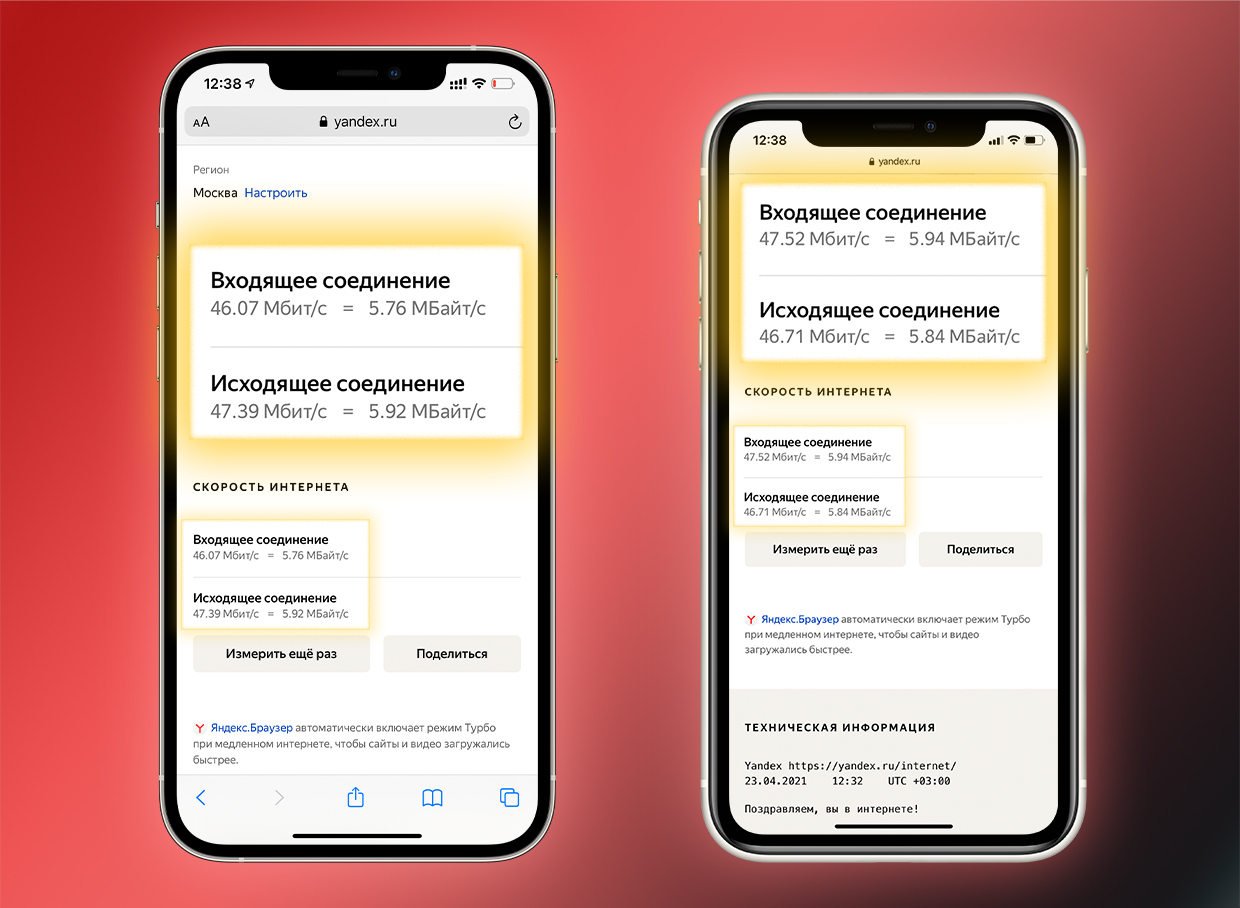
In a simultaneous test, the stream is divided equally
Neighboring rooms on the iPhone 11 and iPhone 12 Pro Max can now quickly download an app or watch a video, even as the PlayStation 5 downloads another game from its subscription.
That said, devices on Wi-Fi 5 (802.11ac) are compatible with the router and work like a regular router.
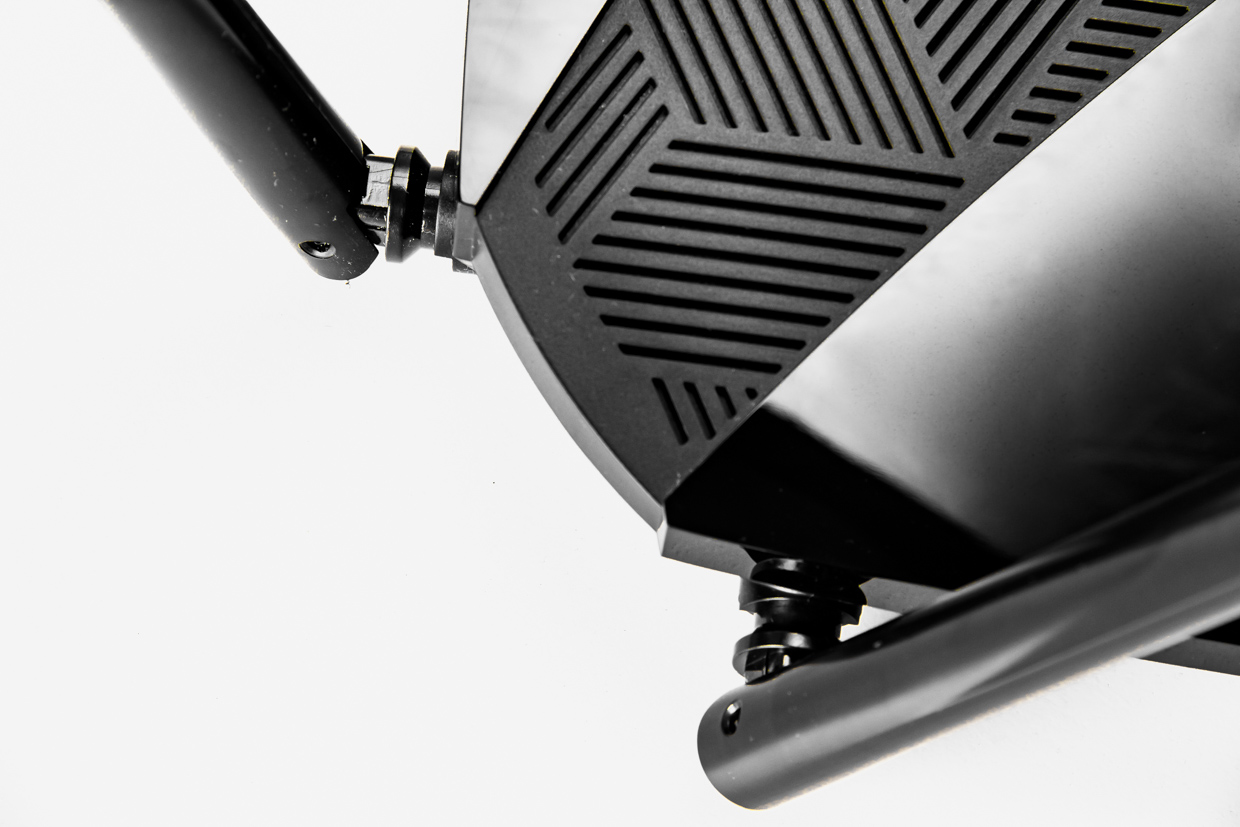
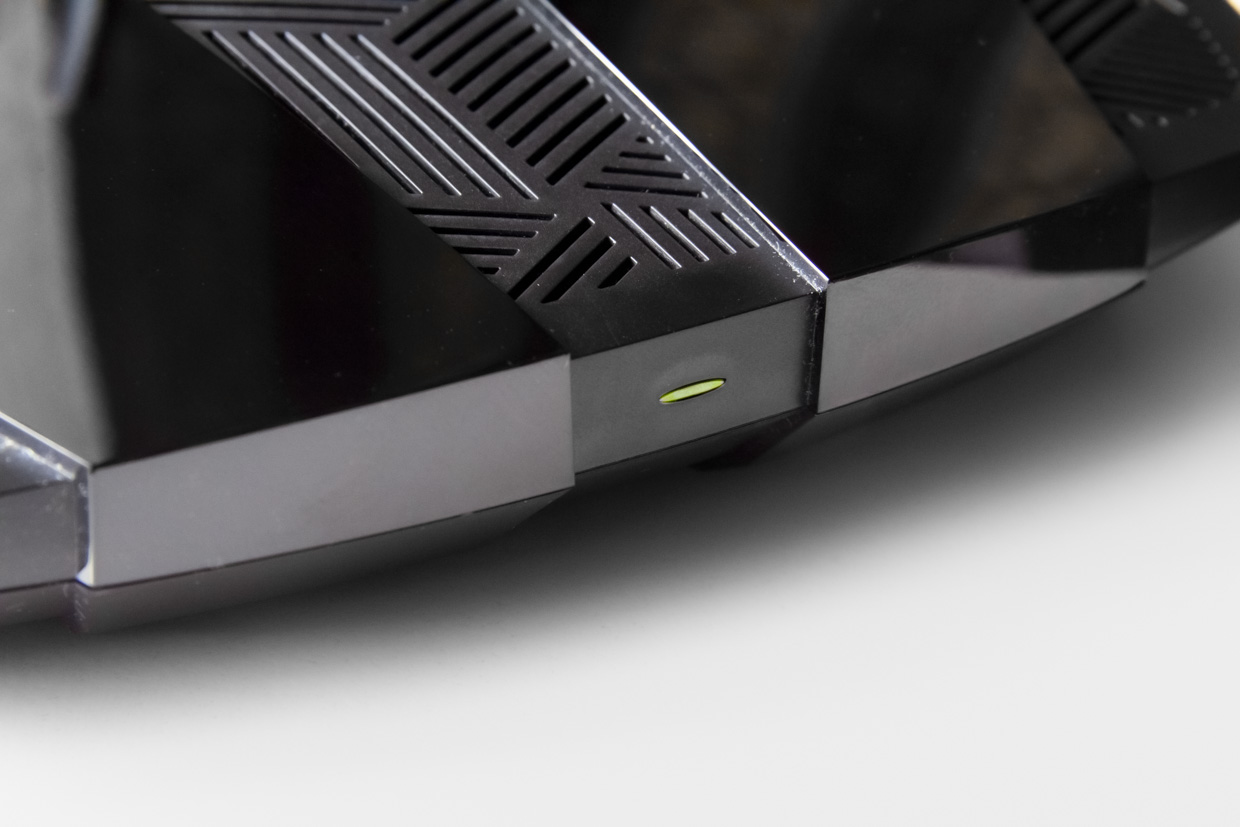
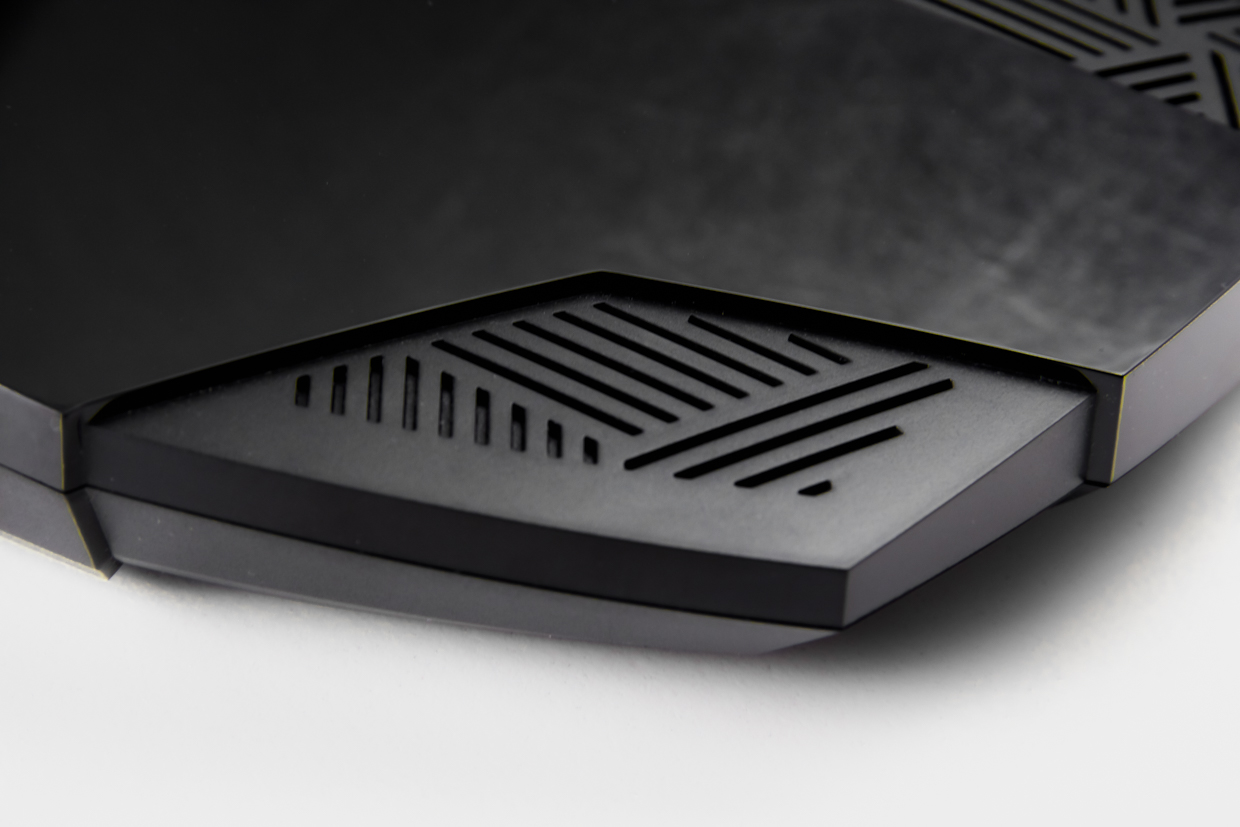

When all the smart tech in the house is updated, Alice will no longer stutter during audio playback, the light bulb will change color without delay, and movie streaming with a macbook on the M1 won't take up all the traffic.
At rates with speeds of 200 Mbps or more and with a large fleet of devices, the difference will be even better. Since regular routers are not able to handle such situations more strongly because of the denser queue.
It's time to upgrade your home network. All the more reason to do so profitably.

In short, everyone. Considering you're buying a router for years to come, get one for years to come. it can't hurt. Even if you only have a couple of devices that support the standard right now.
Almost all new hardware adds this feature, so you're sure to upgrade your electronics in the next few years. You buy another device with Wi-Fi 6 and you know you have everything ready for it at home.

The main thing to know is that the benefit will not be a world-changing discovery from which you will be wildly delighted every time.
The convenience of using a router with the new standard happens in the background. Somewhere the ping is lower, here the speed is more evenly distributed, on some device the files are loaded more stably.
A year later, when you visit someone and see brakes from the early 2010s, it will be obvious that everyone needs an upgrade. All the more so, with the price tag of 2999 rubles Mercusys MR70X has become the best offer on the router market with Wi-Fi 6.

Bookmark it
Read More:
